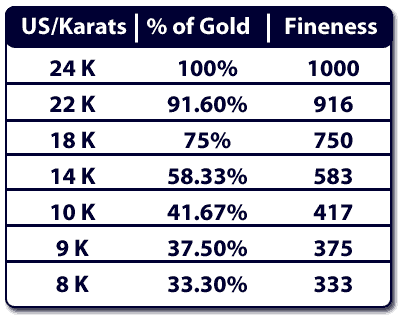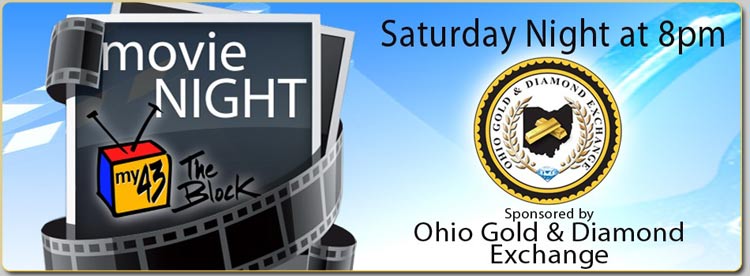
FREQUENTLY ASKED QUESTIONS
Q: What exactly does The Ohio Gold & Diamond Exchange do?
A: Simply put, we buy your unwanted gold, silver, and platinum jewelry, coins, and diamonds. We pay cash on the spot, and offer top dollar.
Q: What type of items can I sell?
A: We will buy gold, silver, and platinum jewelry, coins, antique, estate and vintage jewelry, watches and diamonds. For more specific information on items of value click here.
Q: How much will I get paid?
A: The purchase price for your valuables is based on the clarity and karat weight of your diamonds, the purity and weight of your precious metals, and current spot-market prices on precious metals. Our pricing is updated daily so you can be assured you receive top market value. All diamonds that are .25 karats or larger will be appraised separately and purchased in addition to the value of your gold or silver. All diamonds smaller than .25 karats that are mounted into jewelry will have their weight included into the overall weight for the jewelry being purchased.
Q: What is the form of payment?
A: Our payments are always made in cash. No checks, no visa cards. Our customers always receive cash on the spot.
Q: How do you test my items?
A: We perform complimentary purity tests on your items using harmless chemical tests. These chemical tests are the most accurate way to test gold, silver, and platinum, and will ensure you are getting paid for the full karat value of your items.
Q: Do you buy damaged or broken items?
A: Yes. We buy all types of gold, silver, or platinum in any condition – broken, damaged, and unwanted.
Q: What do I need to bring with me before I sell?
A: As long as you are over the age of 18, all you need is a valid government-issued photo I.D. and your precious metals and jewelry. It’s that easy!
Q: Are there any items you don’t buy?
A: We do not buy any items that are electroplated, “copies”, costume jewelry, rolled gold, hallmarked or tested as gold plated.
Q: What if I’m not sure something is made of gold or silver?
A: Bring us anything that looks like it's made of, or has gold or silver. Our staff will determine whether they are actually precious metals and pay accordingly.
THE PURITY OF GOLD
In the United States the purity of gold is designated by karat. Pure gold is 24k, but because of its softness, it is not suitable for making jewelry. Other metals such as copper, silver, nickel, and zinc are added to gold to strengthen it. What is added and how much is added determine the color and karat of the gold.
To make this easier to understand, let's take an imaginary ring and examine it. The color of the metal is immediately apparent. Gold comes in several colors, but let's pretend that this ring is pink gold. Inside the ring is stamped 10k. What do these things tell us? First, that the gold was mixed with copper, silver and zinc to make yellow gold. The pink look was achieved by using a larger quantity of copper. The 10k mark assures that 41.67% of the metal is pure gold, and the other 58.33% is copper, silver and zinc. It also indicates that the piece was made in the United States. (other countries do not use 10k). A 14k stamping would mean that the ring contained 58.33% gold and 41.67% other metals. If the ring was marked 18k, it would contain 75% pure gold and 25% other metals.
In Europe, gold is stamped according to its fineness. Pure gold is 1000 fine; 18k gold is 75% or 750 fine. Consequently, an 18k ring made in Europe would be stamped 750. Below is a chart of the most common karat markings.



